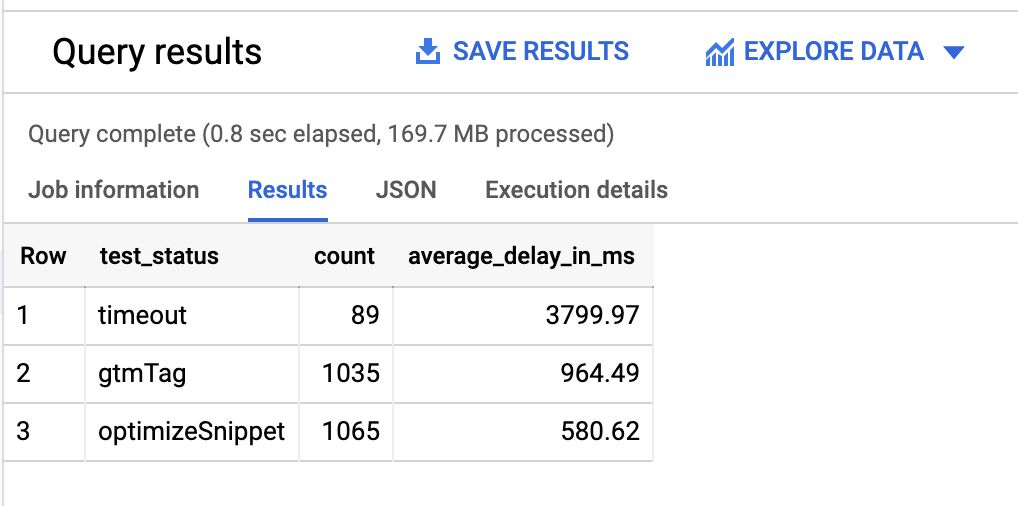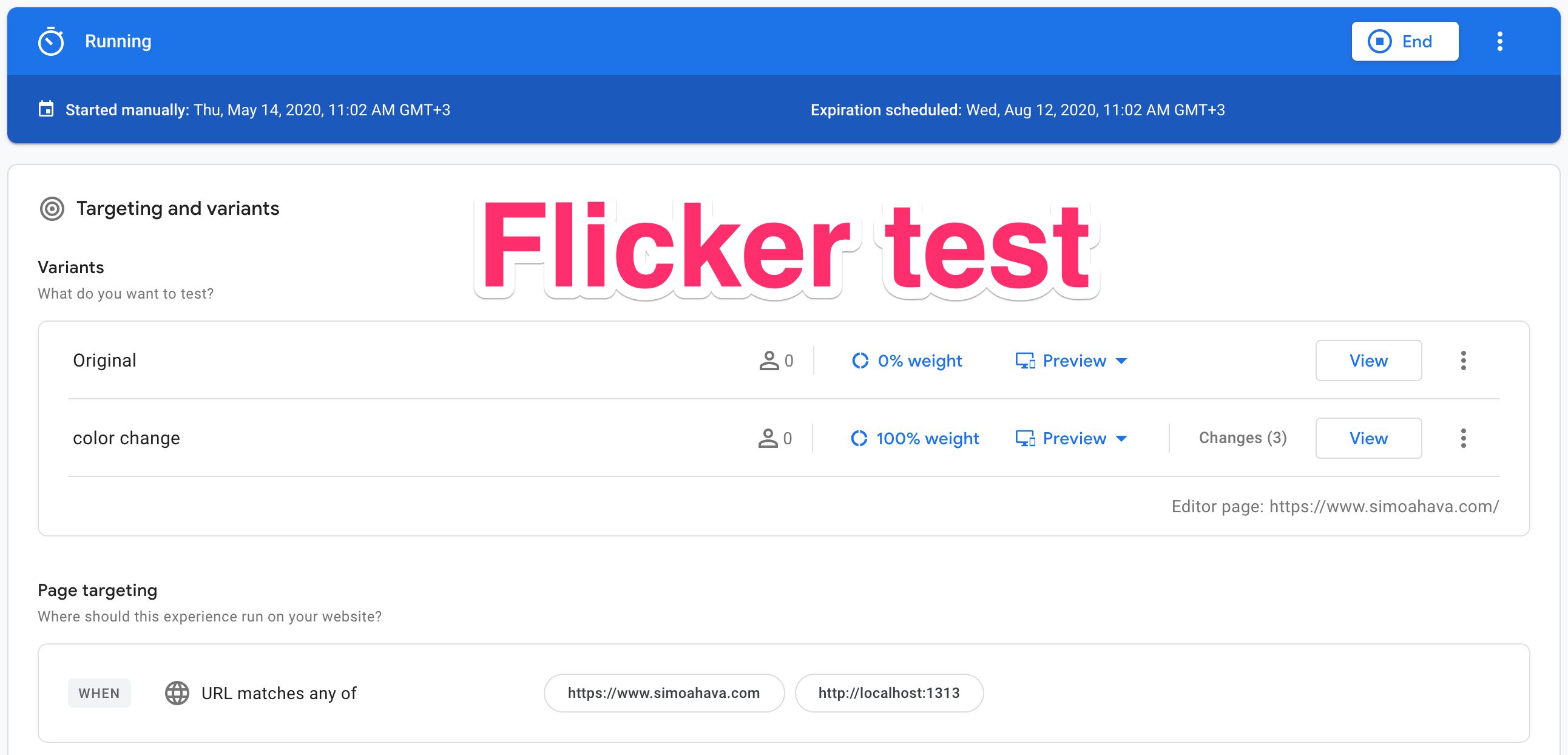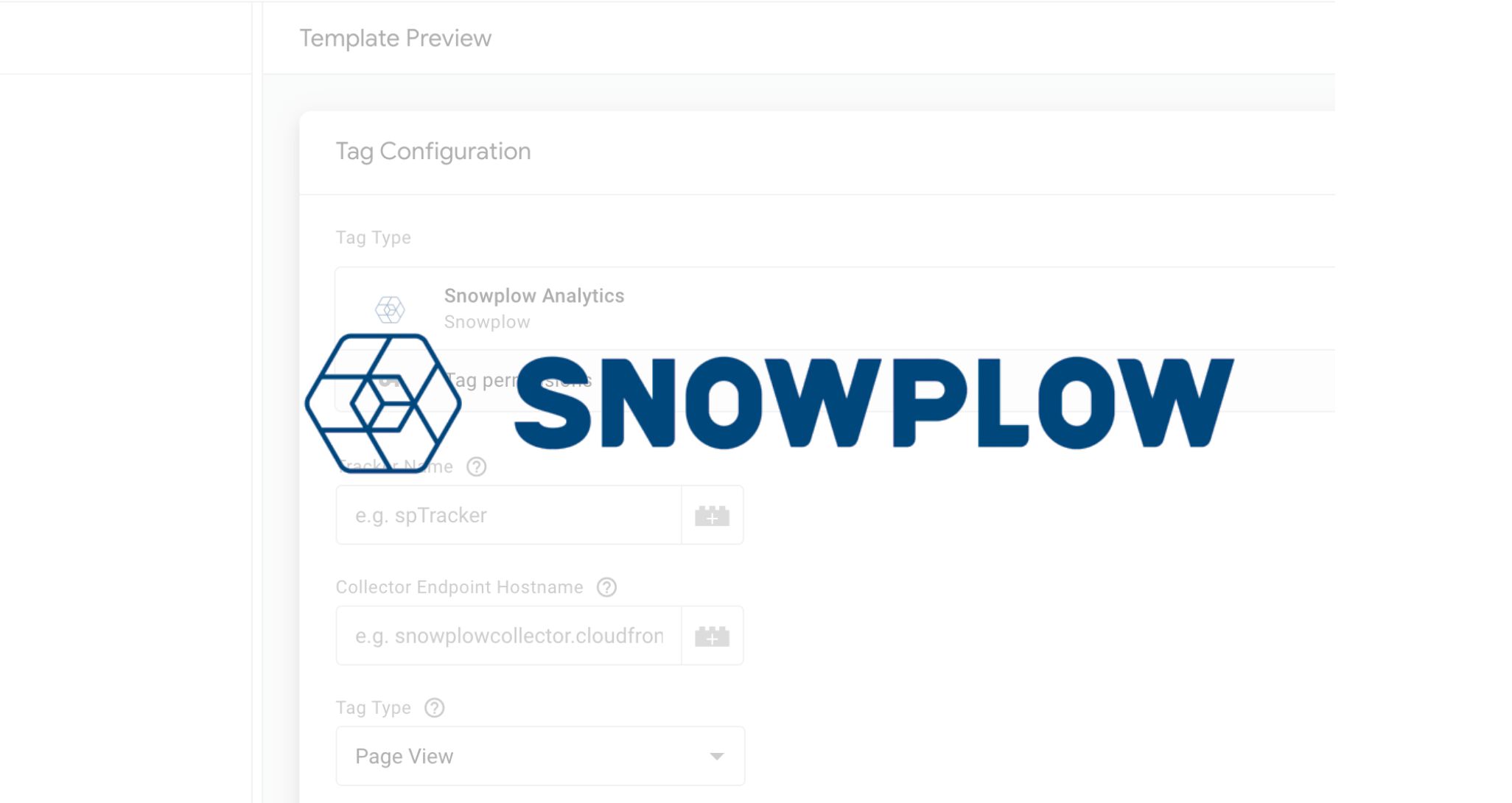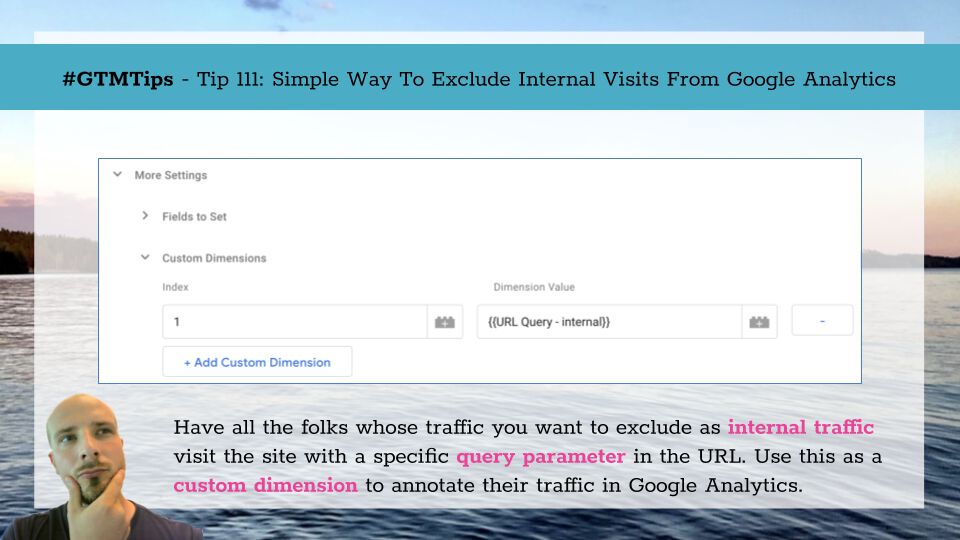In this step-by-step guide, I’ll show you how to build a Lookup Table generator in Google Sheets, utilizing Apps Script and the Google Tag Manager API.
The purpose of the Lookup Table generator is to automate the often tedious task of adding many, many rows to a Lookup Table within the Google Tag Manager UI. There are other solutions for this, but none (as far as I know) that uses the Google Tag Manager API.







